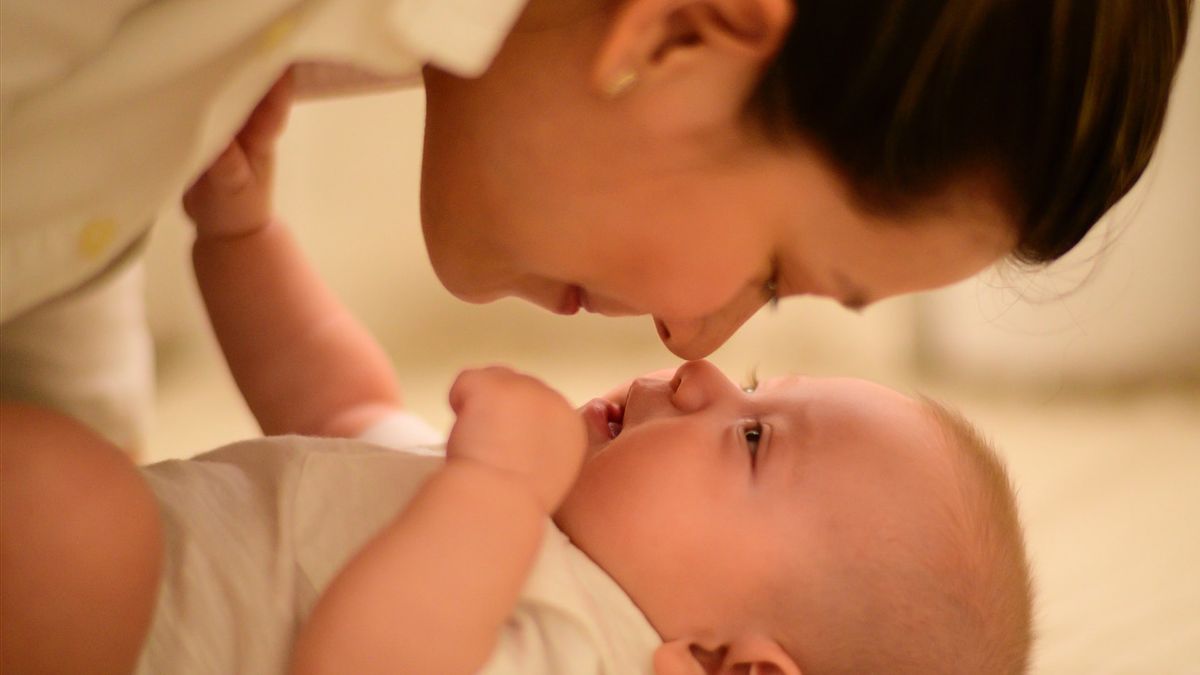JAKARTA – Giving birth to a quality and independent generation is the pride of the family. However, not a few families still have the view that 'many children are a lot of sustenance'. According to Dr. (HC) Hasto Wardoyo, Sp.Og.(K), Head of the RI BKKBN interviewed by VOI this morning, Wednesday, February 16, this view needs to be re-examined, because there are many risks that could potentially be experienced.
Not only for fulfilling parental responsibilities which are increasingly tested if you have many children, but also the physical and psychological health of all elements of the family that can be at stake. The following are important considerations before deciding to have many children.
1. Quantity does not represent qualityThe context of space and time needs to be considered by parents who want to have more than 2 children. According to Hasto, children are now more alive than quality, not quantity.
“At that time, what we thought was that because parents have large fields, have large gardens, have lots of livestock, if the garden is large, many people crouch. Many take care, surely the rice fields are harvested a lot. So many children, a lot of sustenance. But now the fields are wide, yes, even if they have large fields, the children don't want to hoe, they don't want to work,” said Hasto Wardoyo.

According to the explanation above, having many children does not determine the birth of a quality generation. Because it is necessary to ensure the welfare of children from the time they are in the womb until they lead an independent life.
2. The more children the more burdensome parentsThe view of 'many children, many sustenance' is no longer relevant. Given the level of family welfare that needs to be built and pursued.
“...if there are a lot of them, we need to think again about building a big family to ensure their welfare. It doesn't build but becomes a burden to build it. This needs to be realized together, the idea of 'many children, lots of sustenance' is no longer relevant," added Hasto.
3. Consider maternal healthPregnancy needs to be planned and considered in terms of maternal age, gestational age, reproductive health, and overall maternal health. The ideal pregnancy for mothers after 20 years and before 35 years.
Pregnancy of young mothers less than 20 years old can endanger health in the future. Like the mother's bones become porous and at risk of cervical cancer.
"This is a law of nature, before the age of 20, the cervix faces outward. If you violate this natural law, you will definitely get cancer,” said Hasto regarding the risk of pregnancy at a vulnerable age.
4. The distance between pregnancy and birth is too close, it poses a risk to the child's psycheBesides the ideal age for pregnant women, birth spacing is also important to consider. Ideally, the birth gap is 36 months. For example, when the first child is more than 2 years old or the breastfeeding period is over, then parents can think about having another baby.
"Pregnant people should not be too young, less than 20 years old should not. Do not be too old, more than 35 years of pregnant women are at risk of miscarriage, children with disabilities, and death. Don't do it too often, the delivery interval is 36 months," explained the Head of the Indonesian National Family Planning Coordinating Board.
The age gap is too close will also pose a risk to the child's psyche. When the little one still needs a lot of attention from parents, he must share it with his younger brother. In psychology, this condition is known as the big-sibling-blues. This condition is accompanied by feelings of jealousy, resentment, and rejection at the birth of his sister. So, parents need to also consider the birth spacing so that their little one's development remains optimal without disturbing his psychological condition.
5. Understand the risk of stuntingQuoting the BKKBN page, stunting is a condition of failure to grow and develop children under five due to malnutrition when they are in the womb until they are born into the world. Stunting is only seen at the age of 2 years. That is, this risk needs to be considered by parents when planning to have children. Including the consideration of fulfilling the nutritional adequacy and nutrition of children when they are still in the womb until the child's development period after birth.
Those are the five considerations that are important to live up to and practice in giving birth to a generation that is healthy, intelligent, and of high quality.
The English, Chinese, Japanese, Arabic, and French versions are automatically generated by the AI. So there may still be inaccuracies in translating, please always see Indonesian as our main language. (system supported by DigitalSiber.id)













